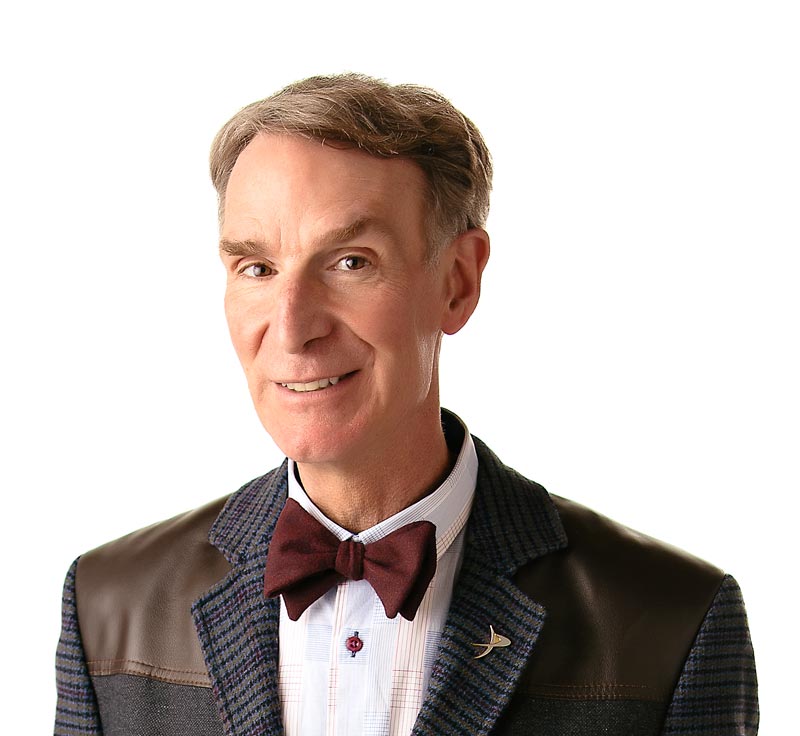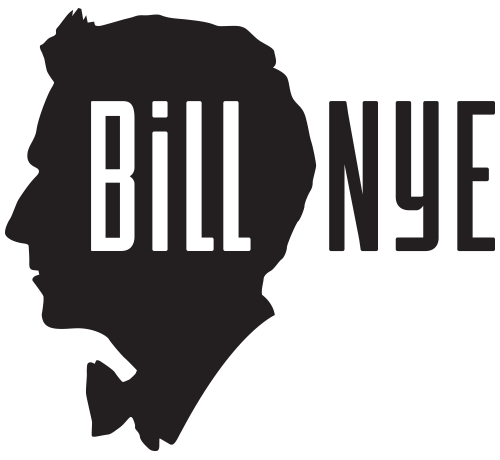Rivers and Streams
Ride the rapids with Bill Nye in the “Rivers and Streams” episode.
Most rivers start high in mountains or hills. Rain, snow, fog and melting glaciers make little trickles or “rills” of water. The rills come together to make streams, and streams come together to make rivers. All that water usually ends up in the ocean.
Water is massive; rivers are powerful. As rivers flow downhill, they wear away rock and soil to form canyons or winding curves in the land, called meanders. Sometimes rivers fill and overflow their banks. Rivers with too much water create floods that can carry away plants, trees, buildings and boulders. Rivers and streams support most of the ecosystems on land.
Many animals and plants call rivers and streams home. Salmon fight their way upstream to spawn, moss grows on river rocks, frogs lay eggs near the shoreline, and fish build nests in rivers and streams. Rivers and streams also support a lot of life alongside them – birds, mammals, toads and insects. Without rivers and streams, life sure would be dry.
Don’t live in “de-Nile,” just watch the “Rivers and Streams” episode.
The Big Ideas
- Rivers and streams carry water downhill to the ocean.
- Rivers and streams shape the land as they move through.
- We find special ecosystems in and around rivers and stream.
Did You Know That?
- The Nile is the longest river in the world — it’s 6,700 kilometers (4,200 miles) long?
- The Amazon river has the fastest flow — 1.8 billion liters (480 million gallons) of water every second?
- The Salto Angel waterfall in Venezuela drops 979 meters (3,212 feet), the tallest on Earth?
Books of Science!
- “Rivers and Lakes” by David Cumming. Published by Thomson Learning, 1995.
- “Rivers and Lakes” by Martyn Bramwell. Published by Franklin Watts, 1986.


